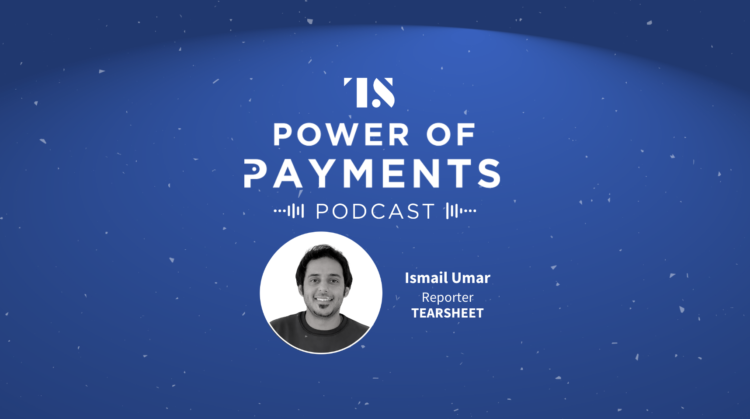Payments, Power of Payments Podcast
Power of Payments Ep. 21: 10 predictions for the payments industry in 2023
- In the first Power of Payments episode of 2023, we discuss what the near future looks like for the payments industry.
- Here are 10 trends that are likely to shape the payments landscape this year.








